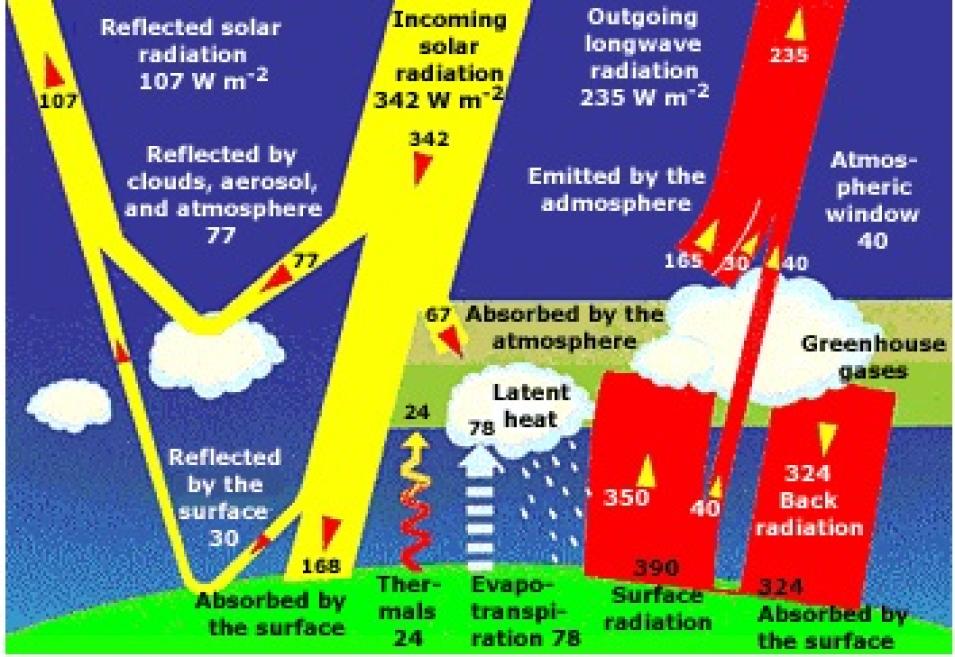The researchers first surmised that their finding might be explained by temperature changes in the tropopause, the boundary between the troposphere and the stratosphere. "A similar, but weaker, anomaly had occurred during the 1987 El Niño and was linked to changes in tropopause temperatures," said Cess. "But then we acquired tropopause temperature data for 1998, and clearly it did not explain the 1998 changes — that's when we discovered the change in cloud vertical structure."
According to Cess, the team's findings have powerful implications for global climate change. "Changes in cloud structure will in turn change the amount of heating or cooling caused by clouds, which could have impacts far removed from the immediate El Niño region," he said.
The ability to observe and monitor cloud cover from space has revolutionized cloud and climate change studies. Although surface observations provide a useful record of cloud phenomena, scientists require observations taken over large areas to obtain more accurate and comprehensive observations of the Earth's cloud cover.
"If you're making observations at the surface, all you see is what's over your head," said Cess. "Satellite imagery provides us with global coverage and long time-series data. We never would have discovered this change in cloud structure without satellite data."
Climate models rely heavily on satellite data, but because clouds change rapidly, their structure is difficult to simulate in computer models. Yet, understanding global climate change depends heavily on the ability to accurately model cloud structure and behavior. "The only vehicles we currently have to predict future climatic change are general circulation models, which run on computers," said Cess. "As far as we know, no model has predicted the change in cloud vertical structure we observed in 1998 — that tells us there's a problem with the models. If we're going to have robust climate models, they must predict what we observe."
Cess and colleagues are currently involved in follow-up studies, using cloud profiling data from the Stratospheric Aerosol and Gas Experiment II (SAGE-II) sensor aboard the Earth Radiation Budget Satellite (ERBS), to further demonstrate the changes in cloud structure and to identify large-scale circulation patterns responsible for these changes.
"Our study serves as only one test of cloud-climate interactions," said Cess. "We need to devise as many investigations as possible to test climate models."
References
Cess, R.D., M. Zhang, B.A. Wielicki, D.F. Young, X. Zhou, and Y. Nikitenko. 2001. The Influence of the 1998 El Niño upon Cloud-Radiative Forcing over the Pacific Warm Pool. Journal of Climate. 14, pp. 2129-2137.
Stolzenburg, W. 2001. Nature Feels the Heat. Nature Conservancy. September/October 2001.
Changing Global Cloudiness. NASA Facts. June 1999. FS-1999-06-023-GSFC.
For more information
NASA Atmospheric Science Data Center (ASDC)
| About the remote sensing data used |
| Satellite |
Terra |
Earth Radiation Budget Satellite (ERBS) |
| Sensor |
Clouds and the Earth's Radiant Energy System (CERES) |
Stratospheric Aerosol and Gas Experiment II (SAGE-II) |
| Parameter |
cloud vertical structure and radiation balance |
cloud vertical structure and radiation balance |
| DAAC |
NASA Atmospheric Science Data Center (ASDC) |
NASA ASDC |


